Total Solar Eclipse, 2019. Credits: ESA/CESAR




Total Solar Eclipse, 2019. Credits: ESA/CESAR
More Posts from Jmsconn and Others
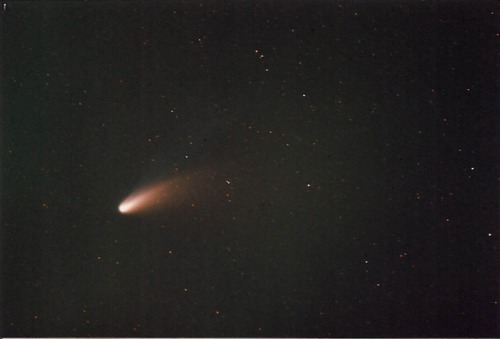
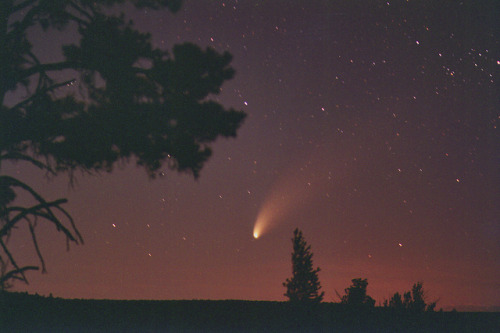
Comet Hale-Bopp
images: x, x
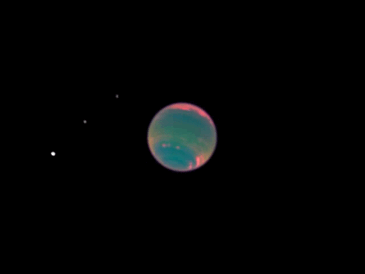
Neptune and its moons (Proteus, Larissa, Despina and Galatea)
Credit: NASA / Hubble (infrared)
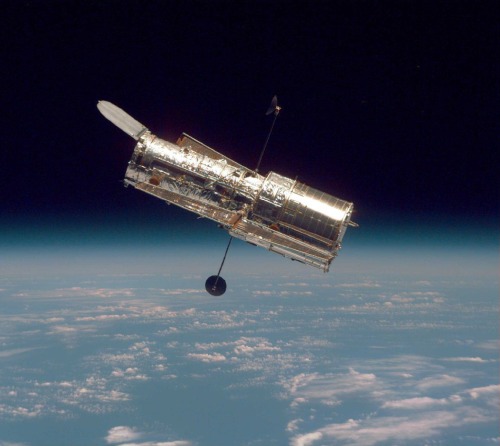
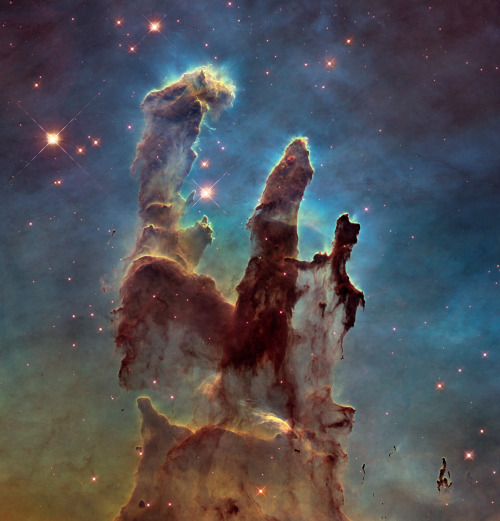
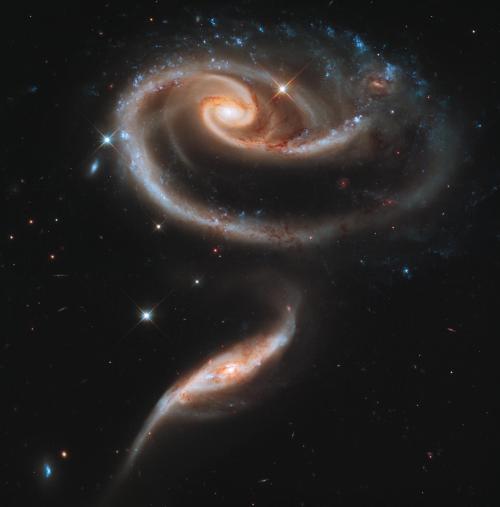
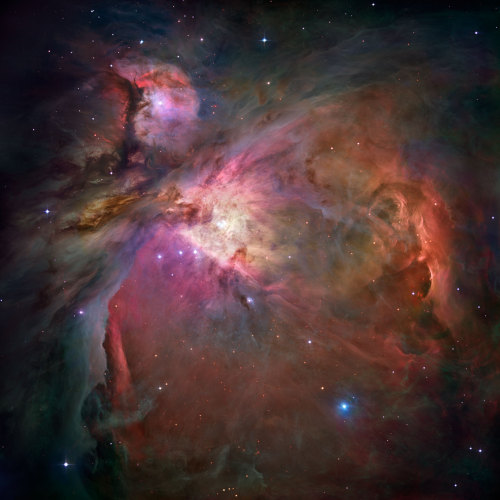
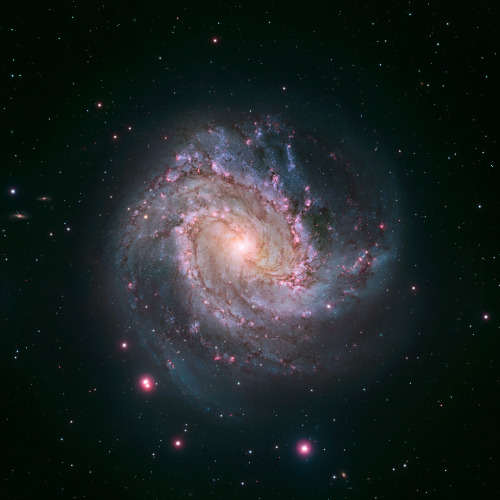
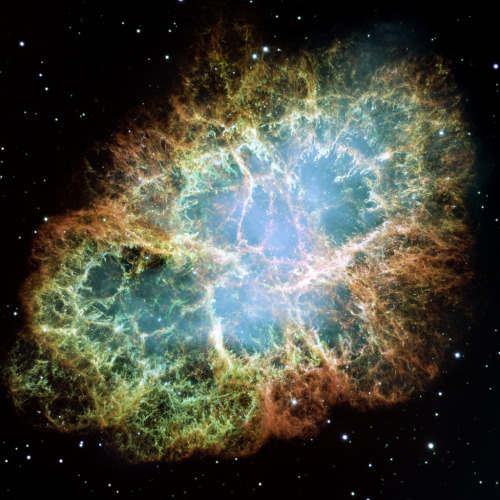
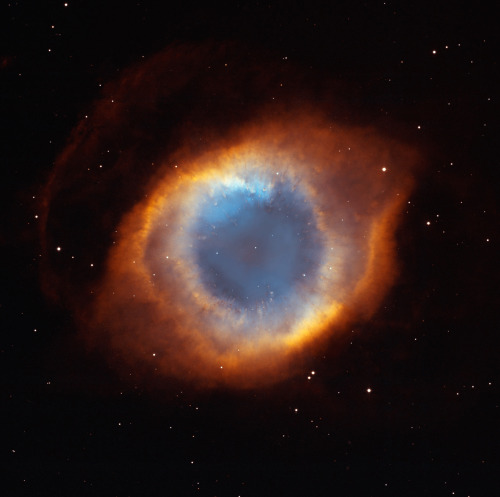
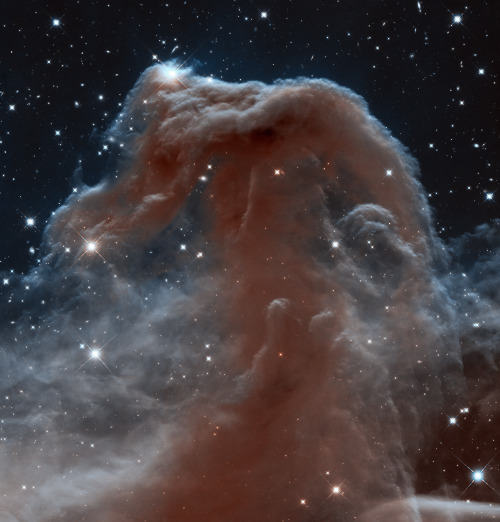

Happy Birthday, Hubble!
The Hubble Space Telescope (HST) is a space telescope that was launched into low Earth orbit in 1990 and remains in operation. Although not the first space telescope, Hubble is one of the largest and most versatile, and is well known as both a vital research tool and a public relations boon for astronomy. The HST is named after the astronomer Edwin Hubble, and is one of NASA’s Great Observatories, along with the Compton Gamma Ray Observatory, the Chandra X-ray Observatory, and the Spitzer Space Telescope.
With a 2.4-meter (7.9 ft) mirror, Hubble’s four main instruments observe in the near ultraviolet, visible, and near infraredspectra. Hubble’s orbit outside the distortion of Earth’s atmosphere allows it to take extremely high-resolution images, with substantially lower background light than ground-based telescopes. Hubble has recorded some of the most detailed visible light images ever, allowing a deep view into space and time. Many Hubble observations have led to breakthroughs in astrophysics, such as accurately determining the rate of expansion of the universe.
sourcet: Wikipedia & Overview
Image credit: NASA/ESA & Hubble


The Big Dipper
by: VegaStar Carpentier

Wide-Field Collision
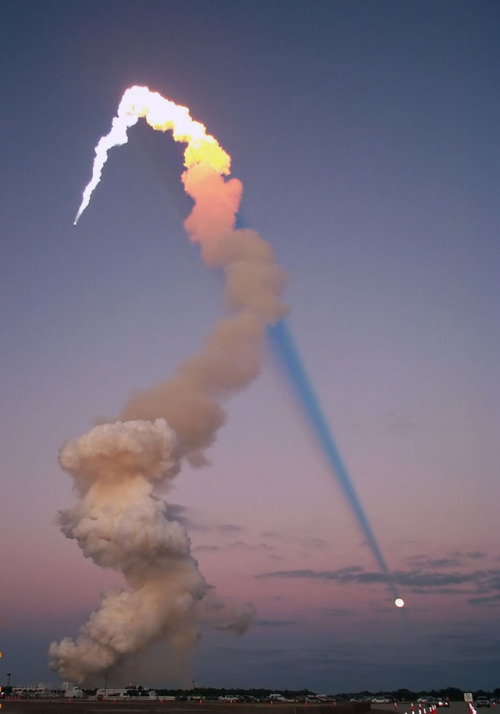
In early 2001 during a launch of Atlantis, the Sun, Earth, Moon, and rocket were all properly aligned for this photogenic coincidence.
Image Credit: Pat McCracken, NASA
To the Moon and Beyond: Why Our SLS Rocket Is Designed for Deep Space
It will take incredible power to send the first woman and the next man to the Moon’s South Pole by 2024. That’s where America’s Space Launch System (SLS) rocket comes in to play.

Providing more payload mass, volume capability and energy to speed missions through deep space than any other rocket, our SLS rocket, along with our lunar Gateway and Orion spacecraft, creates the backbone for our deep space exploration and Artemis lunar mission goals.
Here’s why our SLS rocket is a deep space rocket like no other:
It’s a heavy lifter

The Artemis missions will send humans 280,000 miles away from Earth. That’s 1,000 times farther into space than the International Space Station. To accomplish that mega feat, you need a rocket that’s designed to lift — and lift heavy. With help from a dynamic core stage — the largest stage we have ever built — the 5.75-million-pound SLS rocket can propel itself off the Earth. This includes the 57,000 pounds of cargo that will go to the Moon. To accomplish this, SLS will produce 15% more thrust at launch and during ascent than the Saturn V did for the Apollo Program.
We have the power

Where do our rocket’s lift and thrust capabilities come from? If you take a peek under our powerful rocket’s hood, so to speak, you’ll find a core stage with four RS-25 engines that produce more than 2 million pounds of thrust alongside two solid rocket boosters that each provide another 3.6 million pounds of thrust power. It’s a bold design. Together, they provide an incredible 8.8 million pounds of thrust to power the Artemis missions off the Earth. The engines and boosters are modified heritage hardware from the Space Shuttle Program, ensuring high performance and reliability to drive our deep space missions.
A rocket with style

While our rocket’s core stage design will remain basically the same for each of the Artemis missions, the SLS rocket’s upper stage evolves to open new possibilities for payloads and even robotic scientific missions to worlds farther away than the Moon like Mars, Saturn and Jupiter. For the first three Artemis missions, our SLS rocket uses an interim cryogenic propulsion stage with one RL10 engine to send Orion to the lunar south pole. For Artemis missions following the initial 2024 Moon landing, our SLS rocket will have an exploration upper stage with bigger fuel tanks and four RL10 engines so that Orion, up to four astronauts and larger cargoes can be sent to the Moon, too. Additional core stages and upper stages will support either crewed Artemis missions, science missions or cargo missions for a sustained presence in deep space.
It’s just the beginning

Crews at our Michoud Assembly Facility in New Orleans are in the final phases of assembling the core stage for Artemis I— and are already working on assembly for Artemis II.
Through the Artemis program, we aim not just to return humans to the Moon, but to create a sustainable presence there as well. While there, astronauts will learn to use the Moon’s natural resources and harness our newfound knowledge to prepare for the horizon goal: humans on Mars.
Make sure to follow us on Tumblr for your regular dose of space: http://nasa.tumblr.com
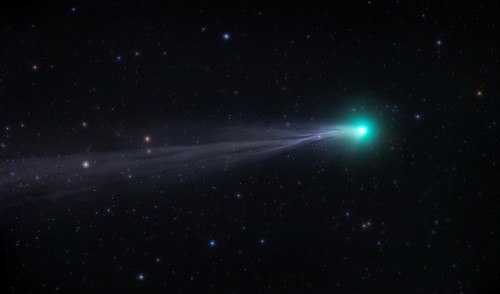
Comet Lovejoy (C/2014 Q2) by: Troy Casswell

Cassini mosaic of Iapetus, showing the bright trailing hemisphere with part of the dark area appearing on the right (the equatorial ridge is in profile on the right limb). The large crater Engelier is near the bottom; to its lower right can be seen the rim of a partly obliterated, slightly smaller older crater, Gerin.
This false-color mosaic shows the entire hemisphere of Iapetus (1,468 kilometers, or 912 miles across) visible from Cassini on the outbound leg of its encounter with the two-toned moon in Sept. 2007.
Credit: NASA/JPL
#cassini #iapetus #japeto #satellite #moon #lua #saturno #saturn #astronomy #astronomia https://www.instagram.com/p/B0kBRIHg3pQ/?igshid=meuno7r2ifg8
-
 rickfert liked this · 10 months ago
rickfert liked this · 10 months ago -
 thesewickedwonders liked this · 1 year ago
thesewickedwonders liked this · 1 year ago -
 quid-pro-homo reblogged this · 1 year ago
quid-pro-homo reblogged this · 1 year ago -
 quid-pro-homo liked this · 1 year ago
quid-pro-homo liked this · 1 year ago -
 saecastrophe reblogged this · 1 year ago
saecastrophe reblogged this · 1 year ago -
 discoinferno420 liked this · 1 year ago
discoinferno420 liked this · 1 year ago -
 mateomateomate reblogged this · 1 year ago
mateomateomate reblogged this · 1 year ago -
 mateomateomate liked this · 1 year ago
mateomateomate liked this · 1 year ago -
 chaoticenergy0108 reblogged this · 1 year ago
chaoticenergy0108 reblogged this · 1 year ago -
 chaoticenergy0108 liked this · 1 year ago
chaoticenergy0108 liked this · 1 year ago -
 hellaawesomeafro liked this · 1 year ago
hellaawesomeafro liked this · 1 year ago -
 teddylsd reblogged this · 1 year ago
teddylsd reblogged this · 1 year ago -
 teddylsd liked this · 1 year ago
teddylsd liked this · 1 year ago -
 michitakao liked this · 1 year ago
michitakao liked this · 1 year ago -
 mysticstars1201 liked this · 1 year ago
mysticstars1201 liked this · 1 year ago -
 americanappall liked this · 1 year ago
americanappall liked this · 1 year ago -
 xtarboy reblogged this · 1 year ago
xtarboy reblogged this · 1 year ago -
 esenzhe reblogged this · 1 year ago
esenzhe reblogged this · 1 year ago -
 esenzhe liked this · 1 year ago
esenzhe liked this · 1 year ago -
 bam-t liked this · 1 year ago
bam-t liked this · 1 year ago -
 moyx reblogged this · 1 year ago
moyx reblogged this · 1 year ago -
 voidwoken liked this · 1 year ago
voidwoken liked this · 1 year ago -
 randomcartoonbro reblogged this · 1 year ago
randomcartoonbro reblogged this · 1 year ago -
 randomcartoonbro liked this · 1 year ago
randomcartoonbro liked this · 1 year ago -
 princelycosmos reblogged this · 1 year ago
princelycosmos reblogged this · 1 year ago -
 ouranien reblogged this · 1 year ago
ouranien reblogged this · 1 year ago -
 chronivore reblogged this · 2 years ago
chronivore reblogged this · 2 years ago -
 chronivore liked this · 2 years ago
chronivore liked this · 2 years ago -
 soulwr1ter liked this · 2 years ago
soulwr1ter liked this · 2 years ago -
 herthoughtswandered reblogged this · 2 years ago
herthoughtswandered reblogged this · 2 years ago -
 herthoughtswandered liked this · 2 years ago
herthoughtswandered liked this · 2 years ago -
 hmmmmho reblogged this · 2 years ago
hmmmmho reblogged this · 2 years ago -
 suncircles reblogged this · 3 years ago
suncircles reblogged this · 3 years ago -
 hellobadnutty liked this · 3 years ago
hellobadnutty liked this · 3 years ago -
 nevrdie reblogged this · 3 years ago
nevrdie reblogged this · 3 years ago -
 hiatus-kid liked this · 3 years ago
hiatus-kid liked this · 3 years ago -
 wildlikelove reblogged this · 3 years ago
wildlikelove reblogged this · 3 years ago -
 gasp-she-diedx liked this · 3 years ago
gasp-she-diedx liked this · 3 years ago -
 bonesandchekov liked this · 3 years ago
bonesandchekov liked this · 3 years ago -
 bonesandchekov reblogged this · 3 years ago
bonesandchekov reblogged this · 3 years ago
